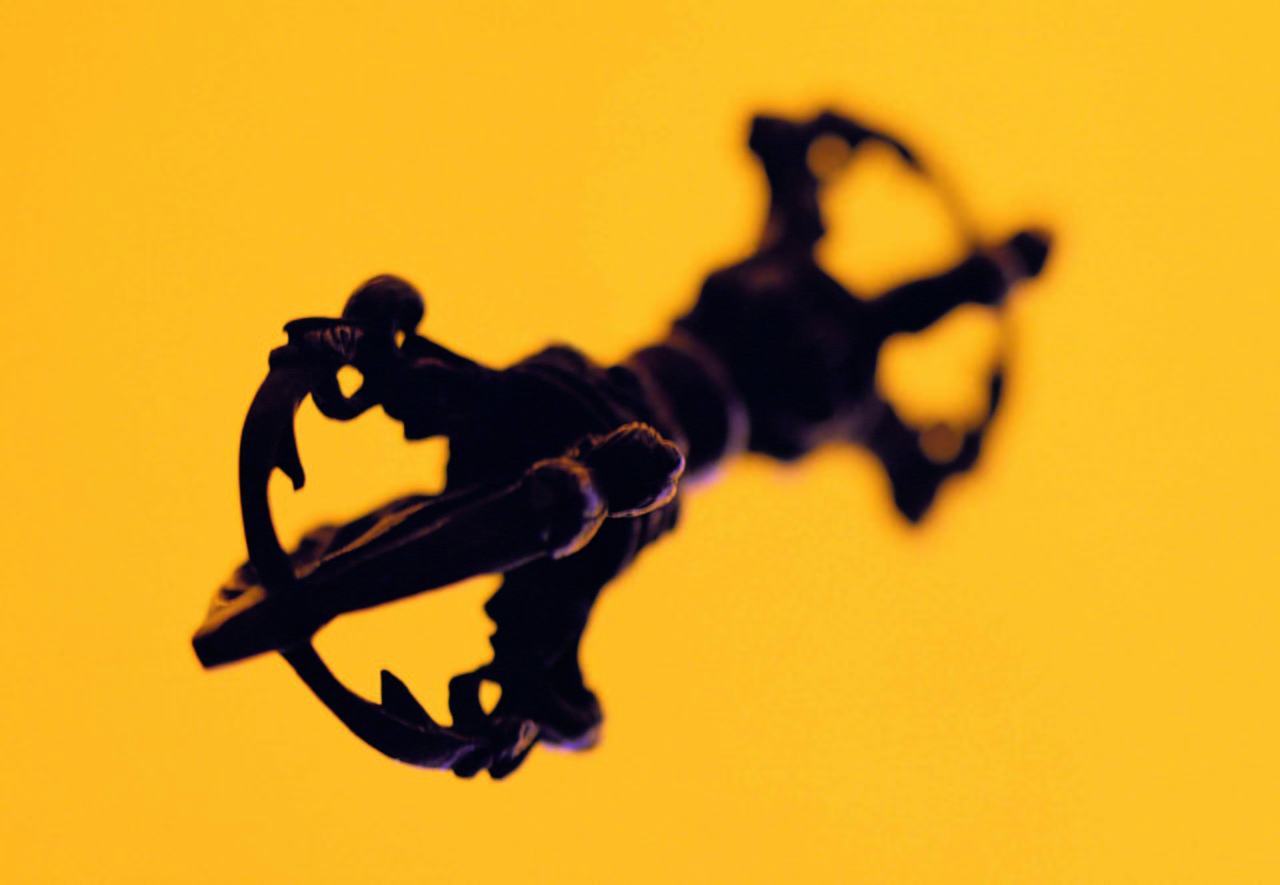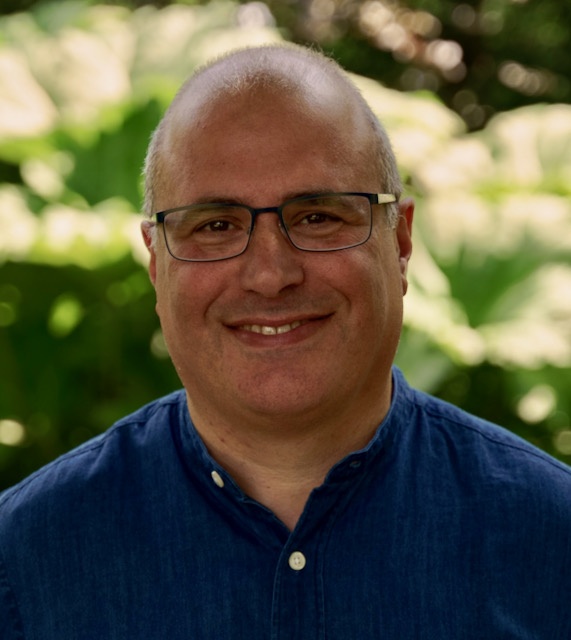The Book of Enlightened Masters: Western Teachers in Eastern Traditions
by Andrew Rawlinson (Open Court, 1997) £31.50
Review by Vishvapani
Not long ago, when the East was axiomatically ‘mystical’, teachers of eastern religions were assumed to be possibly mad, probably bad, and certainly dangerous to know. Then, as eastern gurus came to be taken more seriously, western seekers flocked to their ashrams and zendos. The consequence is that two generations of westerners have now practised and sometimes mastered their teachings.
These westerners (and their predecessors) are the subject of Andrew Rawlinson’s superb, path-breaking book. Westerners now hold responsibility at all levels in the Buddhist, Hindu and Sufi traditions that have come West; and some have started traditions of their own. Rawlinson argues convincingly that they represent something genuinely new in western culture, a phenomenon that has been studied little, and understood less, but that now needs to be taken seriously in its own right.
Most of the 650 large pages of The Book of Enlightened Masters are a Who’s Who? of these men and women – the saints, the sages and the scoundrels. Some, like Gurdjieff or Da Free John are well known; others are virtually recluses. Some claim to be Enlightened, or God-conscious, or the reincarnations of eastern masters. Others make the more modest assertion that they are practitioners and perhaps interpretors.
Their approaches to spiritual life range from the sober and conservative Buddhist monk Ajahn Sumedho to Joya Santanya, who urges her followers to ‘bathe in the warm juices of the Mother’. Rawlinson is a connoisseur of gurus and makes an ideal guide to them. He is informal but precise; sympathetic but not credulous; amusing but never flippant.
So diverse are these teachers and their traditions that it is hard to think of them as a single phenomenon. But this is precisely Rawlinson’s contention. Buddhism, Sufism, and Hinduism themselves differ greatly and include many strands. Moreover, their differing versions of spiritual life, their claims to authority, and assertions of legitimacy have often placed them in competition and sometimes in conflict.
But in the West these traditions that developed independently have been thrown together, and are facing the same issues of cultural adaptation. Their juxtaposition is causing westerners to ask questions that never arose in the East: how do these traditions relate to each other, and what can be learnt from their confluence?
Rawlinson suggests that they are being made into something new by forces that affect them all. He argues that they all share basic principles, most importantly the belief that ‘human beings are best understood in terms of consciousness and its modifications’. The centrality of the mind in this formulation leads Rawlinson to call the new phenomenon ‘spiritual psychology’. Moreover it follows from the first principle that there are people (i.e. teachers) who have transformed their consciousness, and that these people transmit spiritual practices that enable others to do so.
Rawlinson analyses western teachers in a way that accommodates the teachers’ diversity within terms that also contrive to see them as a whole. He says that the style and religious philosophy of a teacher can be hot (if the focus is on God or other transcendent forces) or cool (if meaning and practice derive from the self); and their approach can be structured or unstructured – depending on how systematic the teaching and practice are. They can also be a combination of these qualities.
For example, my teacher Sangharakshita is ‘cool structured, with a hot structured top level’. This means that his approach to teaching and practice is reasonable and methodical, but that his values and the basis of his authority come from some transcendent ‘other’. I found this an astute and illuminating description and, once I learnt my way around Rawlinson’s map, I found it a useful way of understanding the relationships between the different kinds of teaching available in the West.
This approach enables one to see the differences between teachers as matters of style and even temperament. There is something liberating in this, but it is very different from the way teachers see themselves. Rawlinson does not ask why their approaches to spiritual life differ. Most teachers presumably would protest that they emphasise, say, ecstatic union with a Godhead, rather than mindful dwelling in the present moment (or vice versa) because this is the Truth – or at least a better, truer and more effective approach to practice. Rawlinson clearly feels it is not for him to evaluate the claims teachers make. This offers a seductive relativism in which one need not choose between them, but this is a luxury the practitioner cannot afford.
Academics may object that Rawlinson’s concern with spiritual tem-perament leads him to ignore sociology and history. Why are particular people drawn to different practices? How has the pattern changed over time and across cultures? A further limitation is that Rawlinson ignores some eastern teachers who have had a profound impact, even when, as with Osho Rajneesh or the Maharishi, they were very westernised.
But The Book of Enlightened Masters is long enough enough already. I know £31.50 is expensive but I think this book should be required reading for any westerner practising an eastern religion who wants to understand the historical and cultural context of their endeavours. Indeed no one interested in how society is developing can afford to overlook western teachers – and this book is an excellent guide.
Review by Vishvapani, first published in Dharma Life 7, Spring 1998


